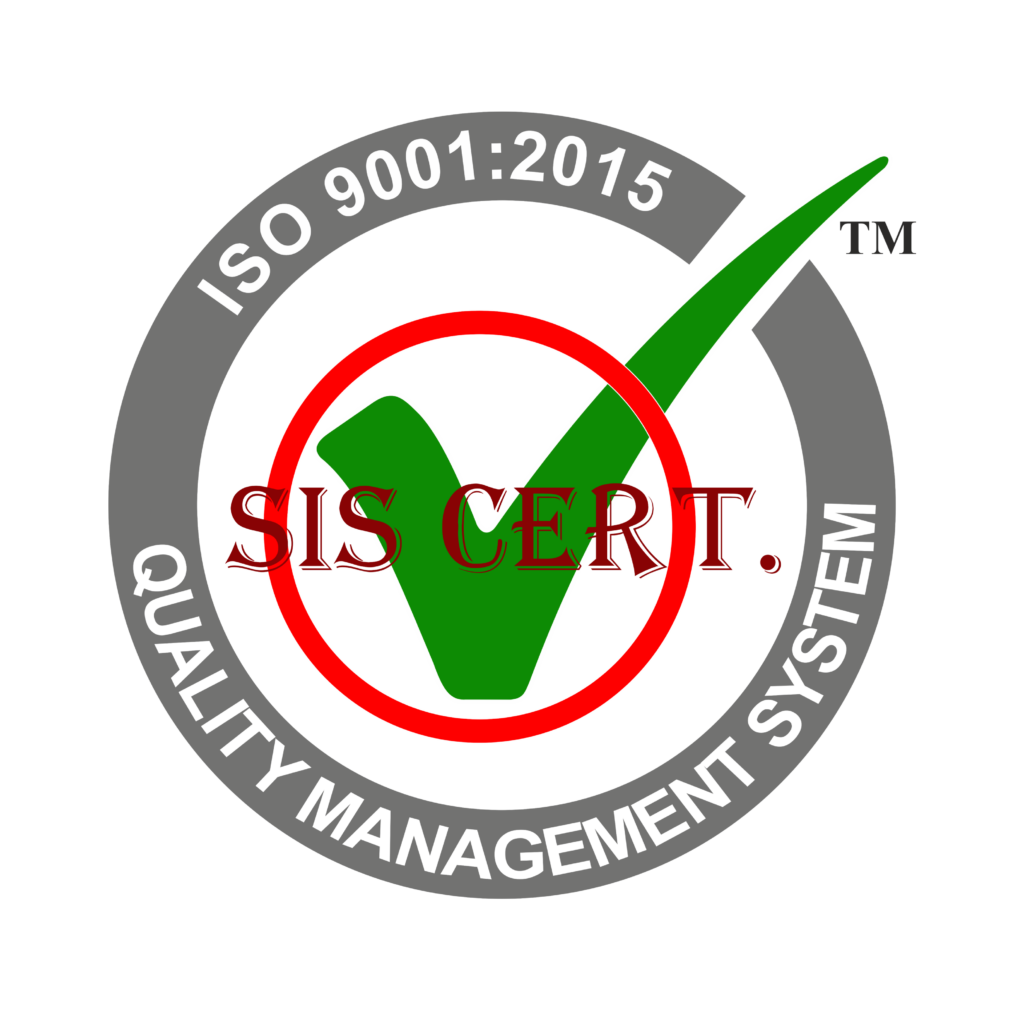Stainless steel production technology has a long history of success, but it is not without its hurdles.
This article explores the challenges in stainless steel production technology and offers innovative solutions to minimize risk, enhance efficiency, reduce costs, and improve quality.
It provides a comprehensive overview of the best practices companies can employ to overcome these hurdles and stay competitive in the industry.
Key Takeaways
- Complexity of production process and technologies
- Cost and availability of raw materials
- Energy consumption
- Environmental regulations
Identifying Challenges
Identifying the challenges associated with stainless steel production technology is an important step in overcoming hurdles. The production process and technologies in the stainless steel industry are complex, making it difficult to identify the specific points of failure.
To be successful, it is important to outline the context for these issues and focus on the numeric list of challenges. In the context of stainless steel industry, some of the common challenges include the cost and availability of raw materials, energy consumption, environmental regulations, and labor costs.
Additionally, the development of new technology can introduce unanticipated issues that can slow production. To ensure success, it is important to identify and address these challenges as soon as they arise.
Minimizing Risk
In order to minimize risk in stainless steel production technology, it is important to create a comprehensive plan of action. This plan should include an assessment of the current production process, an analysis of potential risks, and the implementation of preventative measures.
To reduce the risk of unforeseen issues, it is essential to create detailed safety protocols and guidelines. This includes regular maintenance checks, process re-evaluations, and environmental monitoring. These protocols should be regularly reviewed and updated to ensure they are effective and in line with industry standards.
Additionally, it is important to ensure that all workers are properly trained and equipped with the necessary safety gear to prevent any potential hazards. This includes providing ongoing training and education to employees to keep them informed of best practices and any updates to safety protocols.
Enhancing Efficiency
By leveraging the latest technologies, stainless steel manufacturers can effectively enhance the efficiency of their production processes.
Automation is key; robotic systems can be used to complete complex tasks in a fraction of the time of traditional methods.
Additionally, manufacturers can benefit from the use of advanced sensing and monitoring technologies to enable predictive maintenance and reduce the need for manual interventions.
Analytical tools such as artificial intelligence and machine learning can be used to further optimize production and continually adjust to changing conditions.
Finally, new technologies such as additive manufacturing can be used to reduce waste, creating cost savings and increased efficiency.
With these strategies, manufacturers can dramatically improve their production processes.
Reducing Costs
How can stainless steel manufacturers reduce their costs and maximize their profits?
Innovative strategies must be employed to drive down the cost of production while increasing output quality and efficiency. One approach is to invest in the latest technology and machinery. By replacing outdated equipment with more efficient systems, companies can reduce labour costs, improve operational processes, and increase productivity.
Additionally, manufacturers can reduce costs by increasing the efficiency of their supply chain management. By optimizing inventory levels, streamlining purchasing processes, and reducing waste, companies can reduce their overhead costs and increase their profits.
Finally, it is important to employ energy-saving tactics. By utilizing renewable energy sources, investing in energy-efficient systems, and utilizing smart technology, manufacturers can reduce their energy and utility costs significantly.
Improving Quality
To further improve quality and efficiency, stainless steel manufacturers must focus on implementing quality control measures.
This requires the implementation of advanced technologies and techniques that will allow for greater control over the manufacturing process.
Quality assurance systems should be consistently monitored to ensure that each component of the production line meets the highest standards of quality.
Additionally, a quality management system should be implemented to measure the performance of each production step.
This will allow for the identification of potential issues that may be affecting the quality of the end product.
Frequently Asked Questions
What Is the Best Way to Identify Potential Challenges in Stainless Steel Production Technology?
The best way to identify potential challenges in stainless steel production technology is to use a comprehensive approach that involves researching the industry, understanding the potential risks, and leveraging existing technologies to test solutions.
How Can Risk Associated With Stainless Steel Production Technology Be Minimized?
To reduce risks associated with stainless steel production technology, proactive measures such as implementing preventative maintenance strategies, ensuring safety protocols are followed, and utilizing advanced technologies can help mitigate potential issues.
What Methods Can Be Used to Increase Efficiency in Stainless Steel Production Technology?
To improve efficiency in stainless steel production technology, use automation, advanced processes, and new technologies to streamline production. Invest in research and development to identify and adopt cutting-edge solutions.
What Strategies Are Available to Reduce Costs in Stainless Steel Production Technology?
Strategies to reduce costs in stainless steel production technology include streamlining production processes, optimizing resource utilization, and investing in automation to reduce labor costs.
What Techniques Can Be Used to Improve the Quality of Stainless Steel Production Technology?
To improve the quality of stainless steel production technology, advanced technologies such as robotics and automated processes should be implemented. Additionally, modern monitoring systems can be used to ensure product quality is consistently met.
Conclusion
By identifying, minimizing, and addressing the risks associated with stainless steel production technology, manufacturers can enhance efficiency, reduce costs, and improve quality.
By understanding the challenges, manufacturers can develop strategies for overcoming them. This can result in a more profitable and sustainable approach to stainless steel production.
Further research is needed to understand the full potential of this technology.


